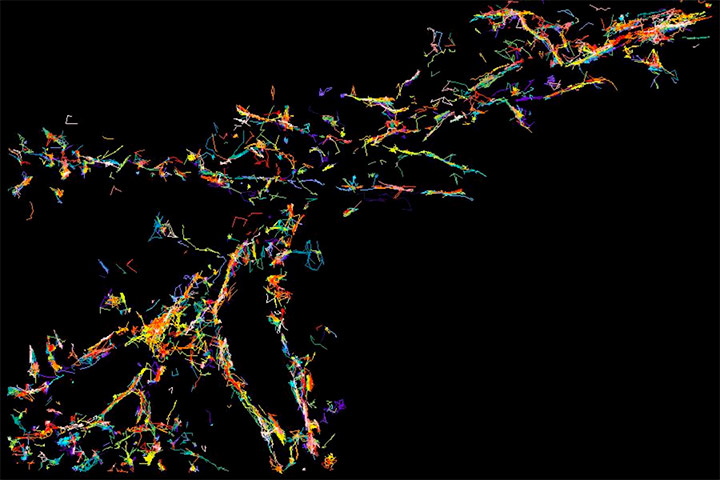
NMDA receptor functions in health and disease: old actor, new dimensions
The NMDA ionotropic glutamate receptor (NMDAR) plays key roles in synaptogenesis, synaptic maturation, long-term plasticity, neuronal network activity, and cognition. Mirroring this wide range of instrumental functions, abnormalities in NMDAR-mediated signaling have been associated with numerous neurological diseases and psychiatric disorders, such as schizophrenia. Thus, identifying the molecular mechanisms underpinning the physiological and pathological contributions of NMDAR has been a major area of investigation. Over the past decades, a large body of literature has flourished, revealing that the physiology of the NMDAR cannot be restricted to fluxing ions, and involves additional facets controlling synaptic transmissions in health and disease. Here, we discuss in-depth newly discovered dimensions of postsynaptic NMDAR signaling supporting neuronal plasticity and cognition, such as the nanoscale organization of NMDAR complexes, their activity-dependent redistributions, and non-ionotropic signaling capacities. Furthermore, we discuss how dysregulations of these processes may directly contribute to NMDAR-dysfunction-related brain diseases, opening new avenues for innovative therapeutical strategies.
Reference
NMDA receptor functions in health and disease: old actor, new dimensions
Julien Dupuis, Olivier Nicole, Laurent Groc
Neuron (2023).
https://doi.org/10.1016/j.neuron.2023.05.002
Contact
Laurent Groc
Last update 21/07/23
